🧵✨ Digital Textile Printing: Innovation Meets Fabric
In the ever-evolving world of fashion and fabric design, one innovation has revolutionized how we bring color, art, and ideas to life—digital textile printing. This powerful technology has turned traditional printing methods upside down, enabling faster production, personalized designs, and sharper detail than ever before.
From high-fashion runways to custom apparel shops, this process is redefining what's possible with printed textiles. Whether you're producing a single hoodie or a hundred meters of fabric, digital methods give you full creative control with minimum waste.
🌐 What is textile print? Read on Wikipedia
🧠 What Is Digital Textile Printing?
Digital printing in textile refers to the process of applying designs directly onto fabrics using inkjet-based technologies. It’s the same concept as printing a photo on paper—but instead of paper, you're printing onto garments, cotton rolls, or synthetic blends.
It skips the screens, plates, and bulk processes of traditional methods like rotary or screen printing.
📌 Key Benefits:
✔️ No need for screens or setup time
✔️ Full-color, high-resolution detail
✔️ Short runs and custom orders made easy
✔️ Eco-friendlier process with less water and waste
This approach is ideal for modern businesses that prioritize speed, flexibility, and environmental responsibility.
🖼️ Why Digital Over Traditional?
Traditional textile printing relies heavily on large volumes and long preparation times. But in today’s market, speed and personalization matter more than ever. That’s where digital printing wins.
💡 Let’s compare:
This flexibility makes custom digital textile printing the go-to solution for on-demand production.
📦 Where It's Used: From Catwalks to Coffee Mugs
Thanks to its versatility, digital print textile technology is used across dozens of industries:
👕 Apparel Brands – Print bold graphics on shirts, hoodies, leggings
🏠 Home Decor – Create unique pillow covers, curtains, or upholstery
👜 Accessories – Design bags, hats, and scarves with photographic precision
📦 Packaging and Branding – Customize wraps, labels, and pouches
🎨 Art & Installations – Translate artwork into large-format fabric displays
With the right setup, designers can bring ideas from screen to textile in hours.
💥 TECH FRAME: How Digital Textile Printing Works
🧽 Pre-Treatment: The fabric is treated to help absorb ink better.
🖨️ Printing: Specialized printers use water-based digital printing ink for textile surfaces.
🔥 Fixation: Heat, pressure, or steam is used to cure the ink into the fibers.
🧼 Post-Treatment: Washing removes residues, leaving a clean, colorfast product.
Everything happens without the screens, long drying times, or labor-intensive steps of legacy methods.
🧵 Popular Fabric Types for Digital Printing
Digital printing works across natural and synthetic fabrics, including:
-
Cotton – Common for shirts, home decor, and totes
-
Silk – Preferred for scarves and premium fashion
-
Polyester – Great for sportswear and sublimation
-
Linen & Viscose – Used in interior design and boho fashion
Each fabric type absorbs ink differently. That’s why pre-treatment and proper curing are so important.
🔍 Advantages That Drive the Future of Fabric Printing
💡 Customization Without Limits
Designers can make each piece unique—no need for mass production.
💡 Eco-Conscious Process
Digital methods use up to 90% less water and produce less dye runoff than traditional techniques.
💡 Fast Prototyping
Perfect for fashion designers and brands that want to test ideas before committing to production.
💡 On-Demand Scalability
Whether you need 1 unit or 1,000, the same process applies—with no extra tooling cost.
🔄 Creative Freedom in Full Color 🎨
One of the standout features of digital printed textiles is the range of color. Gradients, shadows, photos, and illustrations print with full detail. No color limits, no hard lines, no compromise.
Whether you're re-creating hand-drawn art or building an entire clothing line with your logo, digital opens doors that older methods simply can't.
🛍️ Explore Digital Textile Printing Options at DTF Print House
🛠️ What You’ll Need to Start
For businesses looking to dive into this technology, here’s a quick overview of essential tools:
🔹 Digital fabric printer (DTF, sublimation, or pigment inkjet)
🔹 Heat press or steamer
🔹 Pre-treatment solution (if required)
🔹 RIP software to manage color output
🔹 High-quality design files (PNG, SVG, or vector)
It’s easier than ever to get started thanks to compact printers and ready-to-print transfer film options available online.
💬 What People Are Saying About Digital Fabric Printing
“We switched to digital and tripled our order volume. No screens, no mess!”
— 🛍️ Jenna B., Boutique Owner
“As an artist, seeing my work printed on fabric in full color was surreal.”
— 🎨 Omar D., Illustrator
“The eco-saving aspect made it a no-brainer. Clients love that it’s sustainable.”
— 🌱 Lin M., Custom Apparel Maker
💼 Who’s Using Digital Printing for Growth?
The low setup cost and minimal waste make digital ideal for growing operations.
🌈 DESIGNER’S FRAME: Make the Most of Digital Printing
🎯 Use vector files for clean lines
🎨 Work in CMYK color space
📐 Always design at 300 DPI or higher
🧺 Wash test your fabrics before mass production
📏 Consider shrinkage and fabric texture in your designs
The better your prep, the better your final product.
🚀 Final Thoughts: The Fabric of the Future
Digital textile print isn’t just a trend—it’s a transformation. It allows artists, entrepreneurs, and brands to create freely, print efficiently, and produce sustainably. Whether you're just exploring or already running a creative business, digital is the way forward.
From bold fashion to boutique branding, the possibilities are endless—one print at a time. 🎽🖨️

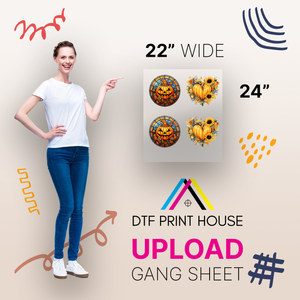 Vendor:DTF Print House
Vendor:DTF Print House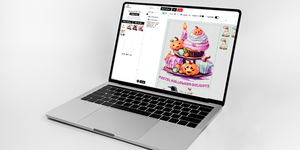 Vendor:DTF Print House
Vendor:DTF Print House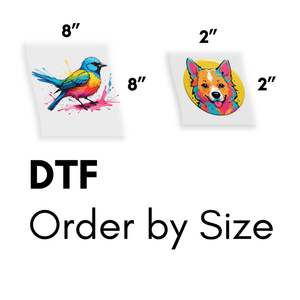
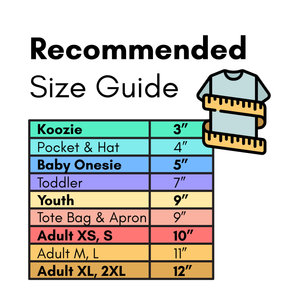 Vendor:DTF Print House
Vendor:DTF Print House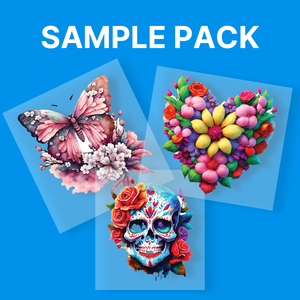


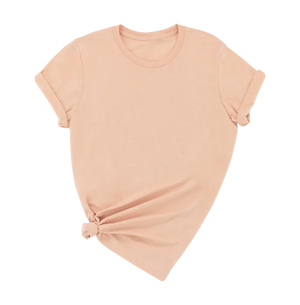
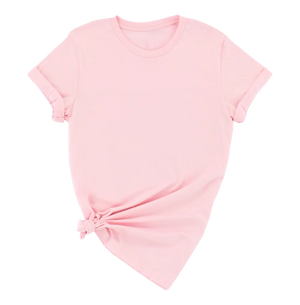

 Vendor:Teeland
Vendor:Teeland



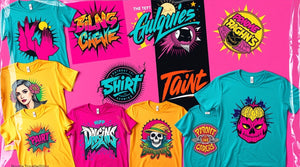 Vendor:DTF Print House
Vendor:DTF Print House



























